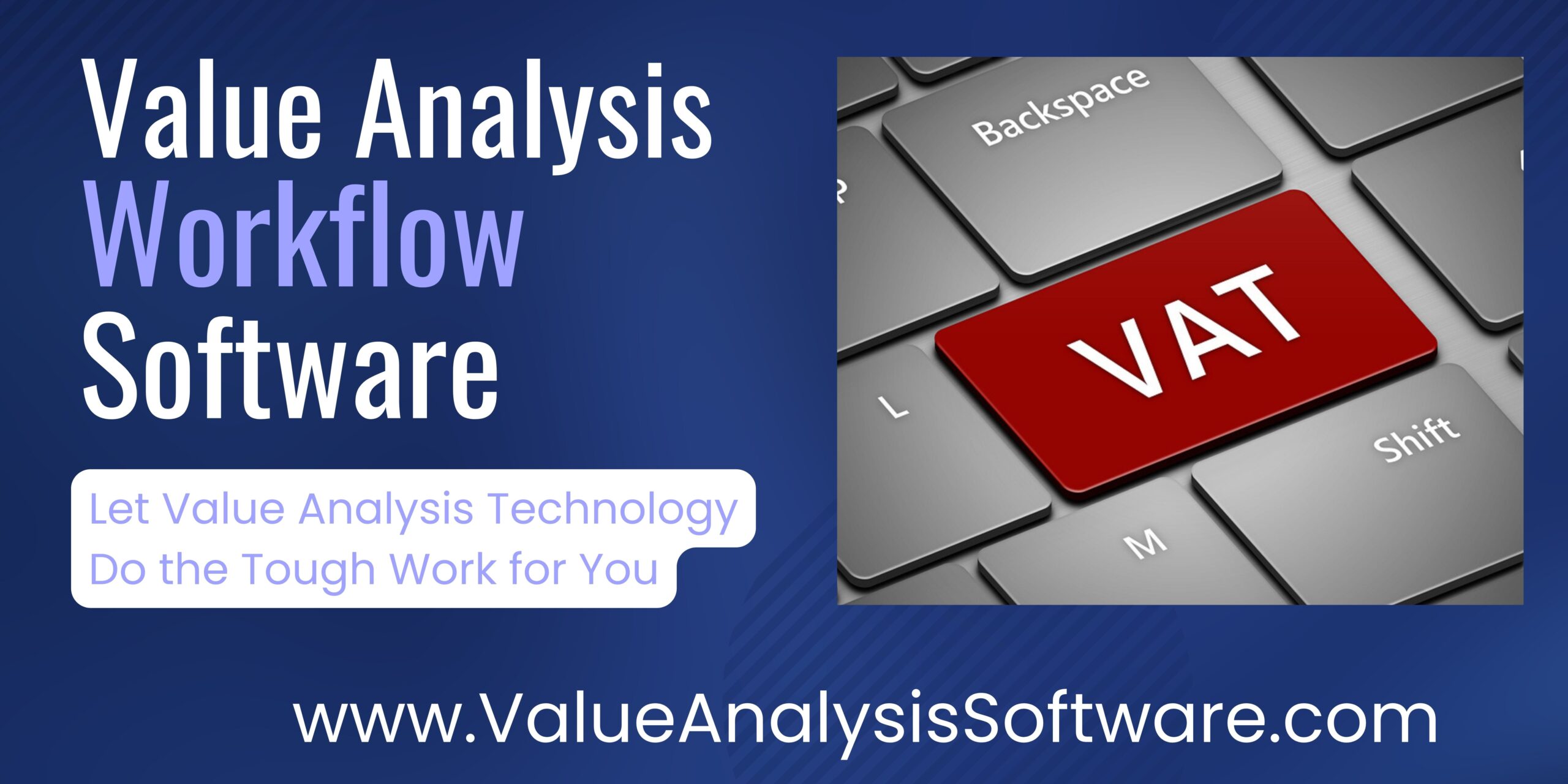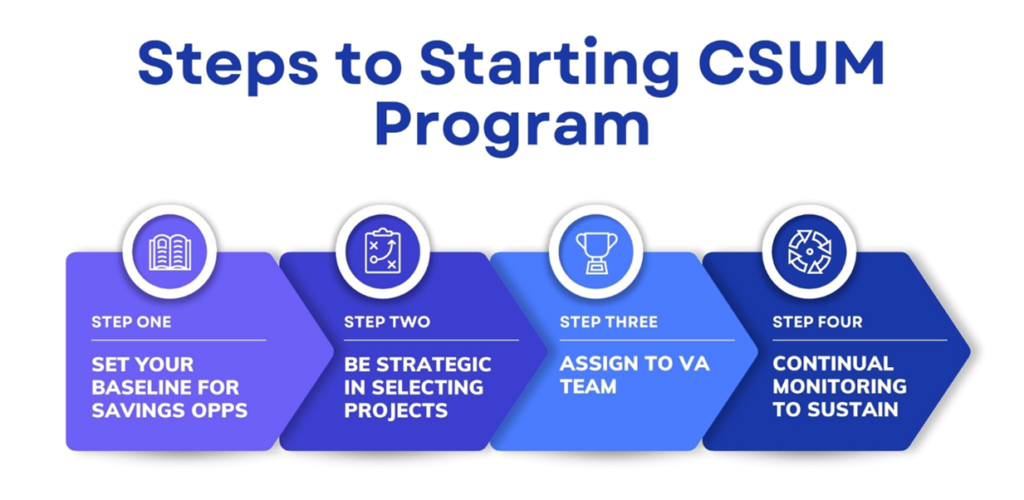Everyone is back in saving money mode in a big way, but many of the streams of savings have fallen off or fizzled out altogether. That does not mean that there are not major savings still left in the healthcare supply chain, because there are. Most healthcare supply chain pundits and afficionados agree that the next big wave of healthcare supply chain savings is about to happen. This is right at your fingertips, but in order to gain this next level of savings you have to position your organization for the big wins.
The Last Bastion of Major Supply Chain Savings
Ten years ago, we used to call the perioperative and procedural areas at a hospital the last bastion of supply chain savings due to the nature of the physician preference item complexities, standardization conformity, and associated vendor negotiations. Now, most organizations have already wrung the towel dry on the majority of perioperative savings that were there 5-10 years ago. So, what is left that will take organizations to the next level of savings that they so desperately need? The answer is simple, clinical supply utilization management (CSUM) or the optimization of the consumption, waste, in-use costs, and life cycle value of the products, services, and technologies that you buy.
There Is Something Different Going On
SVAH has long been consultants, trainers, coaches, and software providers to health system-based value analysis programs. We would provide all of the savings opportunities to the teams that we would assist in setting up. This is something we have done for years but then we started finding something different, something that was not GPO pricing or standardization, but savings beyond price. Through our normal key performance indicator reporting for teams, we found these anomalies that were bigger savings than we ever found on a GPO contract. The more we reported on these savings, the more we found that these savings blew away the normal savings that hospitals get through their GPOs, and we knew this was the next wave of supply chain savings.
How Do You Find the Invisible (aka Big Savings in CSUM)?
- How do we know if a nursing unit is selecting the three-port power PICC 95% of the time when it should only be used about 20%-30% of the time? A $58K savings at a 232-bed Medical Center.
- How do we know if nursing units are changing 48-72 hour wound care dressings in less than 24 hours? A $52K annual savings at a 190-bed Hospital.
- How do we know that the ED is using too many disposable sensors when they triage a patient? $380K savings at a University Teaching Medical Center.
Just Because We Can’t See It Does Not Mean It Is Not There
Since you don’t have any reports on your desk or on your computer to tell you that this is happening, this is a case of “you don’t know what you don’t know.” At this time in the healthcare supply chain, we need to take the next step and realize that there is something different other than your contract pricing and that you can find as much as 7% to 15% of total supply budget beyond price. There are so many savings that once you go down this road you will find that you will be able to make the big savings happen right away that your CFO wants for the budget right now. It will also power your savings machine for a minimum of the next 3-5 years because there will be so many opportunities for you to find continued savings.
It’s Time to Find Out Where All Your Savings Are Beyond Price
There is a simple system that we have been employing for many years with our software that has been highly effective which features using patient centric volume based benchmarking and key performance indicator reporting. We call this a baseline. This baseline will let you know how much, where, and what category to answer the savings question. Next, you are going to need to know how to go about making changes that won’t affect your quality of patient care but will yield big savings in every category you address.
7% to 15% Savings of Total Non-Salary Budget Is Achievable
Let’s just say all the pieces of the puzzle fall into place and all your savings opportunities from CSUM fall into your lap on a silver platter, so now you know where millions of dollars in new savings are and better yet how much each category can yield. Just knowing where all your savings are hiding does not mean that you will realize these savings right away. Why is this?
Most organizations are not set up to be able to go after major CSUM savings initiatives nor would they really know what to do in order to achieve all the savings and not leave any money on the table. They can’t just go to the supply chain department and tell them to find us a better mouse trap because that is not how CSUM works. It’s about understanding how the customers are utilizing the products that they use every day.
Keys to Getting Past the Biggest Obstacles to Starting a CSUM Program at Your Health System
1. How Do We Avoid Looking Bad Since There Is So Much Savings Still There Today? CFOs are aware that supply chain has done a great job in wringing the towel dry on contract price and standardization opportunities. This next level of CSUM savings is not the responsibility of supply chain or value analysis but lies with the end customers. Supply chain’s responsibility is to, like contracting, facilitate the knowledge to the clinical and non-clinical departments to help them understand that corrective action is needed.
2. How Do We Deal with the Fallout from the Clinical Departments? There has always been a bit of reluctance to challenge clinicians and other departmental customers with regards to how they are using the products they use to take care of patients every day. Once again, they don’t know whether they are using too many wound care dressings or selecting the wrong PICC from the cart, let alone that it is increasing costs in those categories by over 40%. Clinicians are evidenced based and if you were to provide them with solid evidence that they are over-consuming more than their peers or historically or both, then they will start to work with you.
3. Start with the Low Hanging Fruit First. The good news is that once you launch your program and put a solid baseline in place there will be low hanging fruit that will be easy for you to optimize and save big with.
4. What About Our Value Analysis Program? Value analysis is really the engine that can assist your clinical departments with their cost optimization, especially if you have baseline reporting set up for your value analysis teams to work from. Without any reporting, value analysis teams are flying blind and would not know where to focus their attention, but with it they can use their value analysis process to make the savings happen.
You’ve Got This!
Remember, clinical supply utilization savings have been sitting in your supply chain for decades with no one doing anything about them forever. This is not the case any longer! You have the data, the people, and the understanding to launch a successful CSUM program that will power your savings machine just like the GPOs have been doing for the past two decades. You’ve got this!
| About Robert W. Yokl, President of SVAH Solutions |
|---|
| Robert is the President of SVAH Solutions which provides value analysis, clinical supply utilization, and savings validation tools to help healthcare organizations gain the next level of savings beyond price and standardization. https://www.SVAH-Solutions.com https://www.SavingsValidation.com |
Articles you may like:


